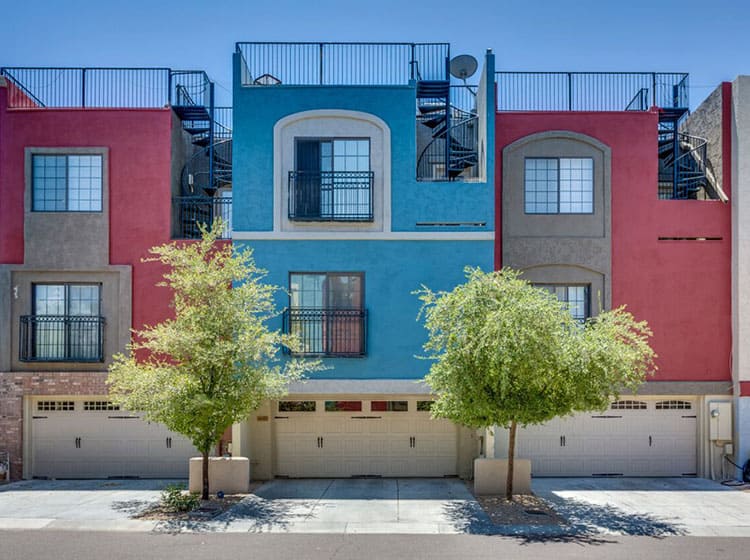Factors To Take Into Consideration For Industrial Outside Painting By Season: Crucial Info You Must Have
Factors To Take Into Consideration For Industrial Outside Painting By Season: Crucial Info You Must Have
Blog Article
Content Writer-Aguilar Rodriquez
When you're planning a business outside paint task, seasonal factors can make or damage your results. You'll intend to consider exactly how temperature and moisture effect paint application and drying out times. Selecting the appropriate season can ensure your paint adheres effectively and lasts longer. Yet which seasons are absolutely the very best for this kind of work? Let's explore the key elements that can impact your job's success.
The Effect of Temperature Level on Paint Application
When you're intending a commercial external painting task, the temperature level can substantially affect exactly how well the paint sticks and dries.
Ideally, you intend to paint when temperatures range in between 50 ° F and 85 ° F. If it's as well cool, the paint might not heal effectively, causing problems like peeling or splitting.
On the other side, if it's also warm, the paint can dry out too rapidly, avoiding appropriate bond and causing an irregular finish.
You need to additionally think about the moment of day; early morning or late afternoon offers cooler temperature levels, which can be extra favorable.
Constantly examine the maker's recommendations for the certain paint you're utilizing, as they usually give advice on the perfect temperature variety for optimal outcomes.
Humidity and Its Effect on Drying Times
Temperature isn't the only ecological element that affects your commercial external paint task; moisture plays a considerable duty also. High humidity levels can decrease drying out times considerably, affecting the overall high quality of your paint work.
When the air is filled with wetness, the paint takes longer to cure, which can bring about problems like bad bond and a greater danger of mold development. If you're repainting on an especially damp day, be gotten ready for prolonged delay times between layers.
https://exterior-house-painters-n76432.onzeblog.com/35094576/elevate-visual-appeal-secret-approaches-for-reliable-outside-painting-in-business-spaces to monitor regional weather conditions and strategy appropriately. Ideally, exterior house painter for humidity levels between 40% and 70% for optimal drying.
Keeping these factors in mind guarantees your task remains on track and delivers a long-term coating.
Best Seasons for Commercial Outside Painting Projects
What's the most effective season for your business external paint projects?
Spring and early loss are usually your best choices. Throughout these seasons, temperature levels are light, and moisture levels are often lower, producing perfect problems for paint application and drying.
Prevent summer season's intense heat, which can create paint to dry too promptly, bring about inadequate bond and surface. Similarly, wintertime's cool temperatures can impede appropriate drying out and treating, risking the long life of your paint work.
Aim for days with temperatures between 50 ° F and 85 ° F for ideal outcomes. Remember to check visit my web page for rainfall, as damp conditions can ruin your project.
Planning around these factors ensures your painting project runs efficiently and lasts much longer.
Verdict
In conclusion, planning your industrial exterior paint jobs around seasonal factors to consider can make a considerable distinction in the outcome. By organizing work during the suitable temperature levels and humidity levels, you'll make certain far better adhesion and drying out times. Bear in mind to keep an eye on local weather prediction and choose the correct time of year-- spring and early fall are your best options. Taking these steps will certainly assist you achieve a sturdy and expert coating that lasts.
